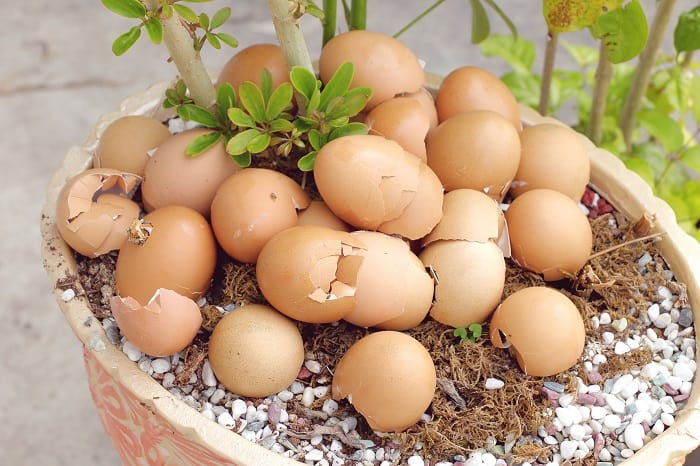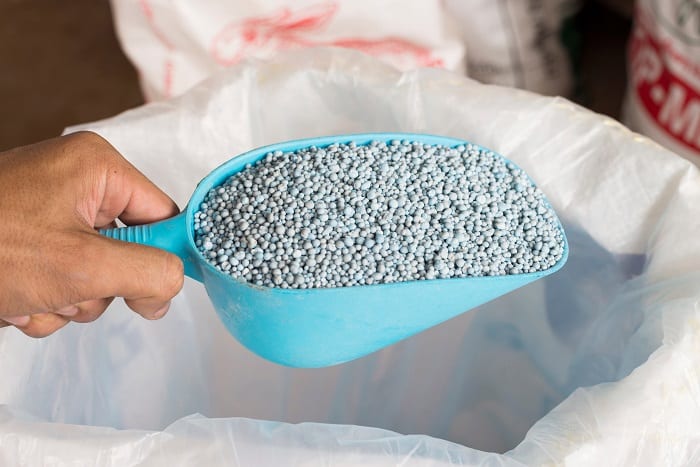What is a blossom end rot? Why do we need to look for a solution to this? Does this concern everyone? Blossom end rot will probably denote decay in a flowering plant. You might think that this is just a concern for those green thumbs and lovers of plants, but looking at the bigger picture, most of the fruits that we consume come from flowering plants.
Flowers serve as the reproductive organs of plants. Through pollination, double fertilization will take place. Over time, the ovum of the flower will enlarge and become a fruit. It is satisfying for a gardener to see how a plant grows and bears fruit. However, it is a bit disappointing to see dark or brown spots on the fruits that this plant bears.
Growing plants is a fulfilling and relaxing activity that a person can do. It is also a source of income for farmers. Blossom end rot can cause loss to those who depend on fruit-bearing plants. It won’t cause death to plants, but it will definitely reduce the harvest of farmers. This will lead to the imbalance of supply and demand in the market that will affect all of us. The question is: how do we overcome this challenge? In this article, we will talk about what causes blossom end rot and the ways we can remedy the problem. Let’s get started.
What Causes Blossom End Rot?
Calcium is an essential alkaline earth metal known to strengthen the bones and teeth of a human being and is commonly obtained through the milk and other dairy products. For plants, calcium aids in various life processes like cellular activities. Calcium safeguards plants from diseases. Calcium strengthens the cell wall that protects other cell organelles responsible for respiration and food production. The quality of fruits is also affected by calcium.
Lack of this important element then causes blossom end rot. Blossom end rot is a condition where young fruits start to have yellowish spots. Eventually, these yellow spots will become brownish to black. Calcium deficiency causes the rotting of fruits, decay, and curling of leaves, not to mention the slow growth. Due to erosion, nutrients in the
If there is an insufficiency, we simply add what is lacking to maintain a good and balanced condition. If the
How Calcium Solution Cures Blossom End Rot?
Calcium can bind with other elements to form compounds that can be absorbed by plants. There are calcium solutions and calcium-rich fertilizers available in the market. You can buy them online as well and read actual reviews from satisfied customers. Simply spray or apply the product to the plants or the

Calcium solutions cannot totally cure the blossom end rot. It can only improve the condition of the
What are the Other Ways to Resolve Blossom End Rot?
Preventing blossom end rot is better than looking for a cure to it. As the old adage says, ‘prevention is always better than cure’. Providing the basic needs of plants will make them grow well. Receiving proper sunlight, regular watering according to the need, and proper nutrition will yield healthy plants. It takes time and effort, but in the end, it’s going to be worth it.
As you may have noticed, blossom end rot is common among tomatoes, peppers, eggplants, and squash. If yellow and brown spots already appear in some of the fruits, these can be removed to avoid spreading it to other plants and fruits. Those fruits can still be consumed by means of removing the rotten portions although this is not highly recommended a move.
If blossom end rot occurs regularly and cannot be aided by calcium solution, the

Strive to keep the
FAQ’s
Can you stop blossom end rot once it starts?
Blossom End Rot is a condition that can start as early as when the plant is young and can last for months. A small piece of the fruit, usually the blossom end, will have a white, dry or soft area that is covered in brown spots. It’s also known as BER and is caused by a build up of calcium in the tissue of the fruit.
Blossom end rot spreads very fast and is very hard to stop once it starts. It’s a challenge, but you can do it. It seems to be the most sensitive part of the plant.
What are some ways that I can I help my plants overcome BER?
One of the most effective things that you can do is add calcium to your plants.
To make a liquid calcium fertilizer, mix one part limestone or dolomite with one part water. Mix the two together to make the fertilizer, and store it in a bottle or jar. Use the fertilizer by spreading it on your plants. Keep Learning Calcium is an essential mineral for plant growth, and it’s available from three sources: soil, water and air.
Limestone is a calcium carbonate that’s found in rock formations and in some sea creatures. Dolomite is a calcium magnesium carbonate that’s found in igneous rock.
You can also use calcium sulfate (gypsum) as a slow release source of calcium.
Some people try fungicides, and they do work sometimes, but very often these don’t always do what they’re supposed to. It’s a matter of trying and hoping for the best if you go this route.
People have more success with bone meal for instance.
Does bone meal help blossom end rot?
Yes, it helps prevent blossom end rot. Blossom end rot is a common problem with grain-fed cattle because of the high levels of saturated fatty acids in the diet. It’s also important to make sure the cattle are eating the proper ration. The ration should be around 3.
Conclusion
Observation, analysis, and application of proposed solutions will soon finally resolve existing challenges and problems. Knowing the species and its needs will enhance its fruits.
Plants are organisms that can make their own food. If these plants were ruined by diseases, it can cause a lot of troubles and can affect us all negatively. We must take good care of the remaining agricultural areas and vegetation and proactively overcome challenges along the way.

Josephine is an enthusiastic gardener who loves to spend her spare time tending to her garden. She is passionate about growing her own food, and aspires to one day have her own vegetable garden. Josephine is also an animal lover and often takes in stray cats and dogs. She enjoys spending time with her pets in the garden, and is often seen playing with them or watering her plants. Josephine is an avid reader and enjoys learning about new gardening techniques and plants. She is always looking for ways to improve her garden and make it more beautiful. She is a great friend, always willing to lend a helping hand when needed. Josephine‘s passion for gardening and love of animals make her a wonderful addition to any garden.




